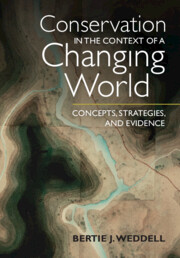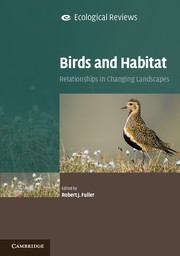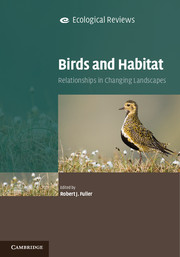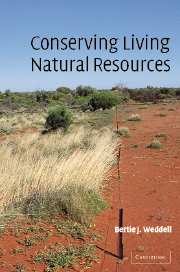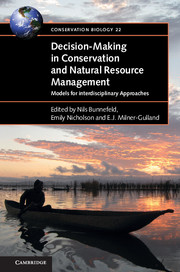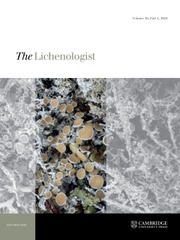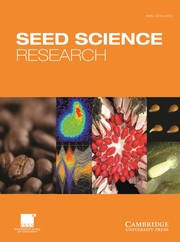Conservation in the Context of a Changing World
Recent developments in ecological theory point the way to a stewardship approach that promotes biocultural diversity and ecosystem resilience. In addition, the escalating pace of anthropogenic environmental change makes it clear that conservation strategies which incorporate social as well as ecological dimensions are essential. This thoroughly updated version of Conservation in the Context of a Changing World covers a broader geographic, historical, and cultural scope that integrates material from the natural sciences, social sciences, and humanities. Contemporary and comprehensive, this book provides essential material for understanding trade-offs between different options for resolving complex issues, including climate policy, the contrasting interests of different groups, the changing roles of Indigenous peoples, biopiracy, human-wildlife conflict, and new governance models such as co-management. Sources of evidence about the natural world and the roles of local and traditional people are emphasized. This is a vital resource for making informed decisions about controversial issues in conservation.
- Presents the key concepts and techniques of utilitarian, preservationist, and stewardship approaches to conservation under a broad geographic scope, integrating material from natural sciences, social sciences, and humanities
- Provides an accessible introduction to the concept of evolution through natural selection, countering common misconceptions, presenting clear examples of how natural selection produces adaptations, and showing the relevance of evolution to conservation
- Contains accompanying online resources, including study questions and supplemental exercises that provide opportunities for students to practice their skills in mathematical concepts (e.g., population growth), spatial relationships (e.g., edge: area relationships relevant to reserve design) and critical evaluation of the reasoning, assumptions, and biases in source materials
Product details
No date availablePaperback
9781108986502
490 pages
243 × 170 × 22 mm
0.7kg
Table of Contents
- Preface
- Introduction: getting and evaluating information for making decisions about conservation
- Part I. Maintaining Populations of Featured Species: A Utilitarian Approach to Conservation
- 1. Historical context: beginnings of formal utilitarian conservation
- 2. Central concepts: populations, succession and ecosystems
- 3. Strategies: managing harvests and habitats for valued species
- 4. Strategies: managing to minimize conflicts between pests and people
- Part II. Protecting and Restoring Populations and Habitats: A Preservationist Approach to Conservation:
- 5. Historical context: rising concerns about human impacts
- 6. Central concepts: evolution, adaptation and extinction
- 7. Strategies: protecting and restoring species
- 8. Strategies: protecting and restoring ecosystems
- Part III. Promoting Biocultural Diversity and Resilience: A Stewardship Approach to Conservation
- 9. Historical context: new opportunities and challenges
- 10. Central concepts: complexity and change
- 11. Strategies: stewardship to conserve complex, resilient ecosystems
- 12. Strategies: stewardship to integrate conservation of biological and cultural diversity
- Appendix: types of ecosystems
- Bibliography
- Index.

